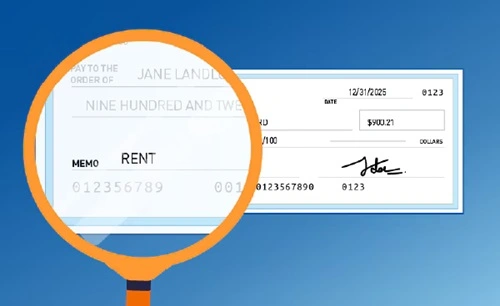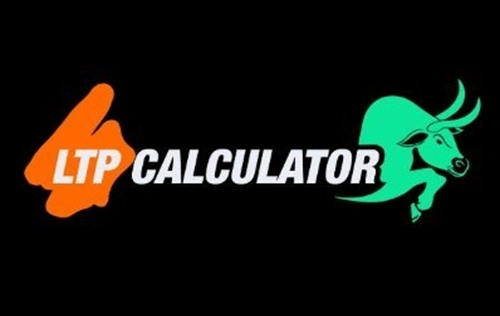Have you ever looked at a check and wondered what all the numbers and information mean? While checks might seem old-fashioned in today’s digital age, they remain essential for certain types of transactions. Learning how to read a check is a valuable skill that can help you understand your financial transactions more clearly and avoid potential errors. Let’s break down the key elements of a check and uncover what each part reveals about your money.
The Basics: Understanding the Layout of a Check

Learning to read a check starts with understanding its layout. Every check is divided into several sections, each serving a specific purpose. The top left corner typically displays the account holder’s information, such as their name and address. This identifies who is issuing the payment.
The check also includes a payee line, where you write the name of the person or business receiving the payment. Below this, the dollar amount is written in both numbers and words to confirm the exact value. These details are essential for ensuring the payment is processed accurately and securely.
The Numbers That Matter: Routing and Account Information
At the bottom of the check, you’ll notice a series of numbers separated into three groups. The first group is the routing number, which identifies the financial institution where the account is held. This number is crucial for directing the transaction to the right bank.
The second group is the account number, unique to the account holder. This tells the bank which account to withdraw the money from. The third group of numbers is the check number, which helps you track the transaction and keep your records organized. Together, these numbers form the backbone of any check and ensure the payment is processed smoothly. For a more detailed guide on reading checks and understanding their key components, SoFi provides helpful resources to simplify the process and enhance your financial knowledge.
The Memo Line: A Handy Tool for Organization
The memo line at the bottom left of the check might seem optional, but it serves an important purpose. It allows you to include a note about the reason for the payment. For example, you can write “rent for January” or “invoice #1234” to help both you and the recipient keep track of the transaction’s purpose.
While the memo line is not mandatory, using it can make your financial records more organized. It’s especially useful when paying bills or making recurring payments, as it provides a quick reference for future review.
The Signature: Authorizing the Payment
The signature line at the bottom right of the check is where the account holder signs to authorize the payment. Without a signature, the check cannot be processed. This ensures that the person issuing the check has approved the transaction.
To avoid processing issues, signing the check exactly as your name appears on the account is important. A mismatched or missing signature can delay the transaction and cause inconvenience for both the payer and the payee.
Hidden Insights: What Your Check Can Tell You
A check is more than just a payment tool—it records your financial habits and responsibilities. By reviewing your checks, you can gain insights into where your money is going and how you manage your expenses.
For example, tracking your check numbers and memo notes can help you identify patterns in your spending. It also allows you to spot discrepancies or unauthorized transactions more easily. Keeping a copy of your checks or reviewing your bank statements regularly ensures you stay in control of your finances.
Once you learn how to read a check, you can process payments accurately, stay organized, and gain valuable insights into your spending habits. Whether you’re writing a check for rent, paying a contractor, or donating, knowing what each part of the check means ensures that your transactions are secure and error-free.



